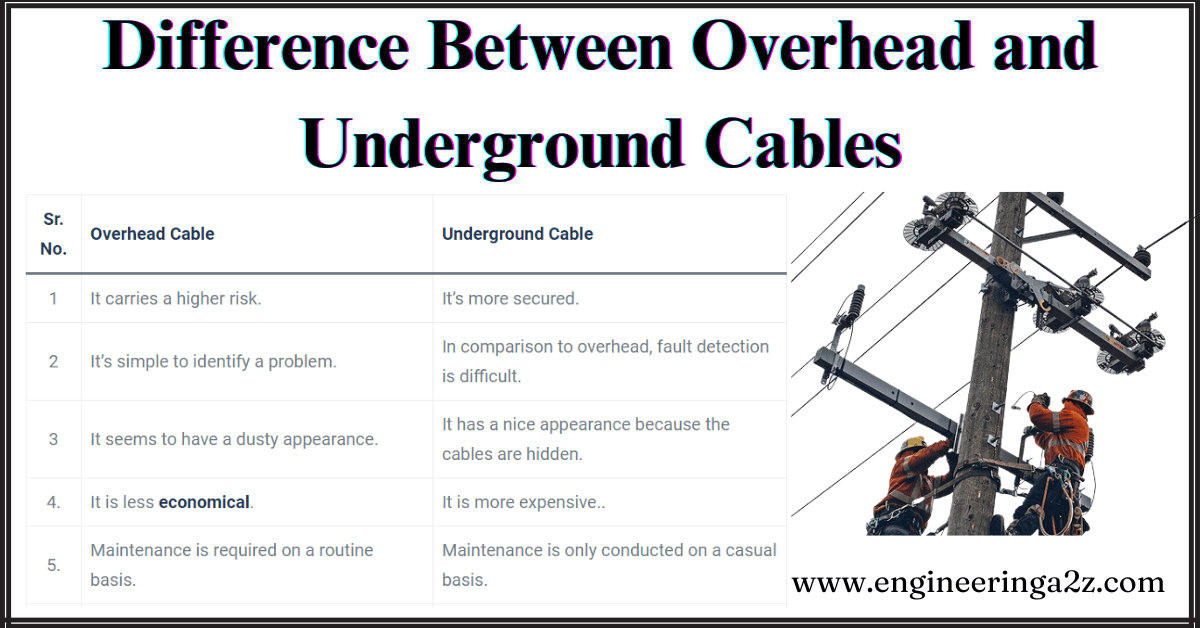
Table of Contents
You may also like
List of the main components of an overhead line
- Support:- Depending on the working voltage and the region, poles or towers are used. The function of the line support is obviously to support the conductor, so as to keep them at a suitable level above the ground.
- Cross arms and clamps:-These are used on pole structures to support the insulators and conductors and are made of wood or steel angle section.
- Insulators:- Pin, strain, or suspension types, depending on the application, for supporting conductors, taking strain, or suspending conductors.
- Conductors:- Copper, aluminium, ACSR, or any other material depending on the current carried and the line’s length.
- Guys and Stays:- To resist lateral forces, braces or cables are fastened to the pole at the termination or angle poles.
- Lightning Arrestors:– These devices are used to discharge excessive voltages built up on the line to the ground as result of lightning strikes.
- Fuses and Isolating Switches:- Fuses and isolating switches are used to isolate various parts of the overhead system.
- Continuous Earth Wire:- This is a wire that runs along the top of the towers to protect the line from lightning strikes.
- Vee Guards:-They are often provided below bare overhead lines running along or across public streets to make the line safe if it should break.
- Guard Wires:- When crossing telephone or telegraph lines, guard wires are installed above or below the power lines. The earth is solidly connected to the guard wires and steel structures.
- Phase Plates:- They are used in order to distinguish the various phases.
- Bird Guards:- A rounded-top stick of ebonite is attached to the cross arm near the insulator to prevent flashover due to birds pecking on the conductors (on lines with pin insulators)
- Danger Plate:-It is provided on each pole, as a warning measure indicating the working voltage of the line and the word “danger”. It is provided at a height of 2.5 m from the ground.
- Barbed Wire:- Barbed wire is wrapped on a pole at a height of about 2.5 m from the ground for at least 1 metre. This prevents climbing by unauthorised persons.
- Miscellaneous Items such as vibration dampers, top hampers, beads for jumpers etc.
Related Posts
- Difference Between HVDC and HVAC
- Different Types of Faults in Overhead Transmission Lines
- Circuit Breaker | Types of Circuit Breaker
- Tariff: Definition, Types, Objectives & Characteristics of Tariff
- AC and DC System : What is AC and DC Transmission System
- Buchholz Relay | Construction and Working Principle















Leave a Reply